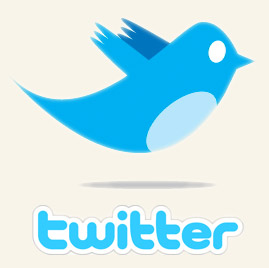The Future of Video Ads.
There was an interesting piece in the Huffington Post yesterday on the future of video. It’s author, Hunter Walk, director of product management at YouTube, believes in the near future video won’t be offline or online, it will just be. That is, the video (TV shows, movies, consumer generated, music) we watch will be accessed on multiple devices, on demand, in hi-def. This, says Mr. Walk, will be the result of improved wi-fi bandwidth (Aluminum foil hats will be big.), mad switching infrastructure and next gen streaming algorithms.
Those “anywhere, anything, anytime” ads of the 90s are coming true, it seems. Anyway, with all of this video available, the competition will be crazy. Forget searching for all this video for a minute, let’s think about monetizing the video. There should be two options: subscription and advertising. The advertising approach will not be based on the television model, with pods of ads running throughout the stream. We are too evolved for that. My guess is there will be a single :30 spot at the beginning of a half-hour program and 60 seconds for an hour long program. Movies will support 90 seconds and user generated content and music video will be free.
This is the word of What’s The Idea. Peace!
Huffington Post, wi-fi, video, video advertising, whatstheidea, whats the idea, Hunter Walk, YouTube,


![david eastment]]](https://whatstheidea.com/wp-content/uploads/2011/07/david-eastment.jpg)




